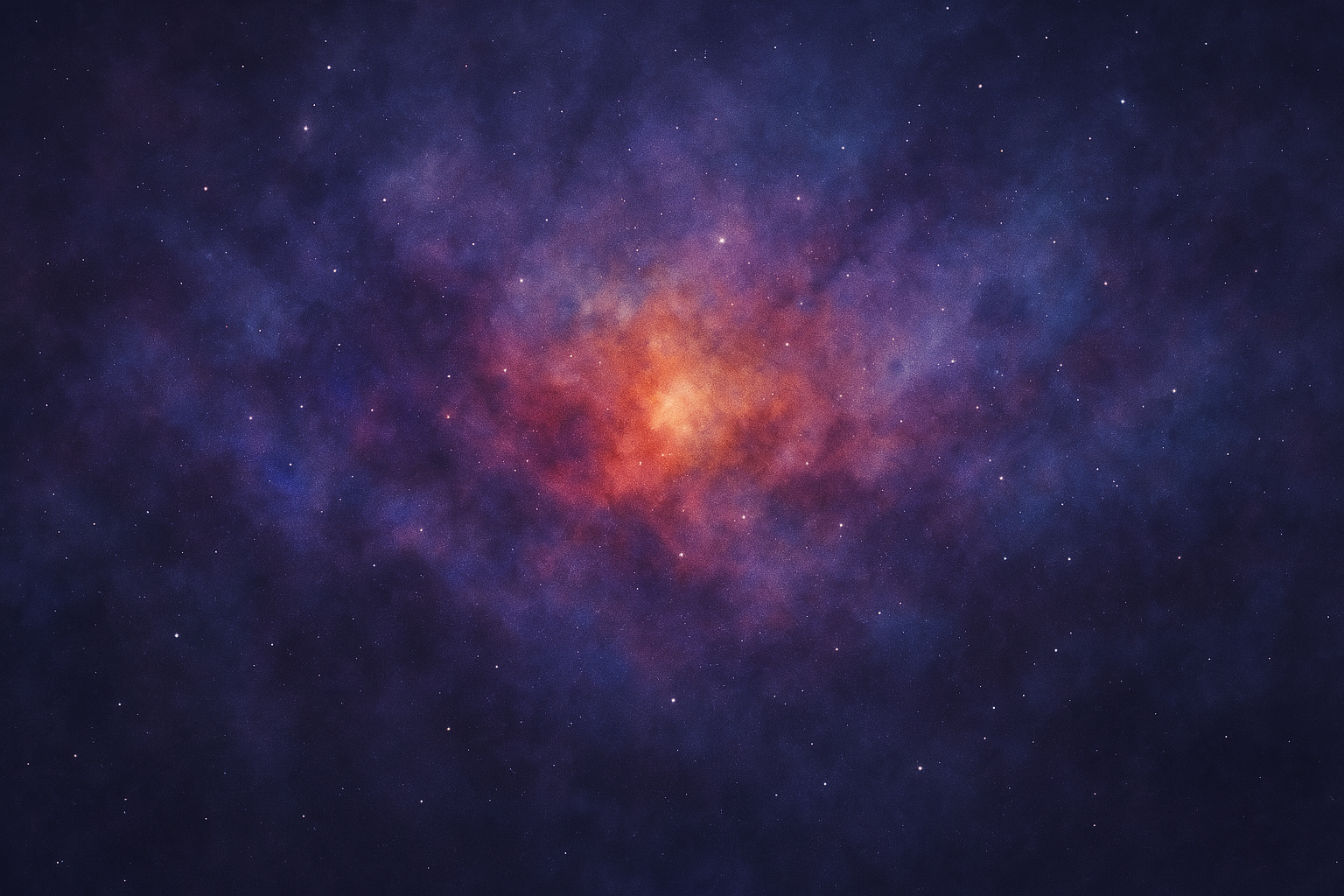Location
Mount Vernon, WA 98274
Location
Mount Vernon, WA 98274

A speculative journey into the idea of “frozen light” from the early universe—and the tools that help us explore cosmic mysteries today.
A speculative journey into the idea of “frozen light” from the early universe—and the tools that help us explore cosmic mysteries today.
In the earliest seconds of the universe, the cosmos was a seething cauldron of energy and matter. This was the photon epoch, a time when photons—the fundamental particles of light—dominated the universe’s energy. However, these photons were far from free. Trapped in a dense plasma of charged particles, they collided endlessly, unable to travel far before being absorbed or scattered. This chaotic dance of energy and matter defined the universe’s infancy.
As the universe expanded and cooled, a monumental transformation occurred. Protons and electrons combined to form neutral atoms, a process known as recombination. This event marked the end of the photon epoch, allowing light to escape its chaotic prison and travel freely for the first time. The remnants of this light, stretched and cooled over billions of years, are what we now observe as the Cosmic Microwave Background (CMB)—a faint glow that permeates the universe and serves as a snapshot of its earliest moments.
But what if some of that light never escaped?
What if, in tiny, isolated pockets of space-time, photons remained “locked,” frozen in a state untouched by the universe’s relentless expansion? Could there exist regions where the laws of physics stalled, where time itself behaves differently, and light still waits for a signal that never arrived? These questions challenge our understanding of the universe and invite us to explore the boundaries of what is possible.
In 2025, physicists in Italy achieved a groundbreaking feat: they froze light into a supersolid, a quantum state that defies conventional understanding. This achievement was made possible through the use of ultra-cold temperatures and semiconductor lattices, where photons were coupled with matter to form hybrid particles known as polaritons. These polaritons condensed into a structured lattice, creating a supersolid—a state that exhibits the dual properties of a solid and a fluid.
This discovery challenges the long-held perception of light as purely massless and ephemeral. By shaping light into a tangible, structured form, scientists have opened new frontiers in quantum physics. The implications are profound, paving the way for advancements in quantum computing, photonic circuits, and the exploration of exotic states of matter.
The creation of supersolid light not only deepens our understanding of quantum mechanics but also invites us to reconsider the fundamental nature of light itself. Could this state mirror conditions in the early universe, where light and matter were inextricably linked? The answers may lie in the uncharted territories of quantum research.
Physicist David Bohm once described matter as “condensed or frozen light,” a poetic metaphor that resonates deeply with his groundbreaking work in quantum mechanics and his philosophical explorations. Bohm’s interpretation of quantum theory, known as the De Broglie–Bohm theory or pilot-wave theory, challenged the conventional Copenhagen interpretation by proposing a deterministic framework. In this view, particles are guided by a “pilot wave,” a concept that aligns with his broader vision of an interconnected universe.
Bohm’s metaphor finds experimental echoes in modern research on supersolid light. The ability to freeze light into a structured, tangible form lends credence to the idea that matter and light are not distinct entities but exist on a continuum. This perspective invites us to reconsider the nature of reality itself, blurring the lines between the physical and the ethereal.
Could these lab-created states mirror the conditions of the early universe, where light and matter were inextricably linked? Bohm’s work suggests that the universe operates as a coherent whole, governed by an “implicate order”—a hidden framework from which the observable “explicate order” emerges. This idea aligns intriguingly with the concept of frozen light, hinting at a deeper, unified reality.
Could relics of the photon epoch still exist, hidden in cosmic voids or mistaken for dark matter? Bohm’s theories and the experimental breakthroughs in supersolid light open new avenues for exploring these questions, bridging the gap between quantum mechanics and cosmology.
Imagine a realm where the primordial plasma of the early universe never fully released its grip on light. In these secluded pockets of space-time, photons remain ensnared, their journey halted by the inertia of a cosmos that moved on without them. Here, entropy falters, and the arrow of time bends into unfamiliar shapes.
Could these enigmatic regions, where light lingers in suspended animation, be mistaken for the elusive halos of dark matter? Might they represent quantum phase transitions left incomplete, frozen in the act of becoming? In such places, the fabric of reality itself could ripple—distorting time, gravity, and causality in ways that defy our understanding.
This is not merely the stuff of science fiction but a call to wonder. These speculative landscapes remind us that the universe, vast and ancient, may still harbor secrets from its first breath. They beckon us to explore, to question, and to dream of what lies beyond the veil of the known.
Whether you’re chasing frozen light or just stargazing with wonder, here are some tools to help you explore:
| Product | Why It’s Stellar | Tool for learning |
|---|---|---|
| Celestron StarSense Explorer DX | Smartphone-guided telescope for beginners and dreamers alike. | Explore the cosmos |
| AstroReality Earth Model | Augmented reality globe that teaches planetary science interactively. | Hold the Earth in your hands |
| National Geographic Mega Space Activity Kit | Hands-on learning for kids and adults. An imagination station! | Great starter kit for kids! |
Whether or not frozen light exists in the cosmos, the idea invites us to think differently. To blend metaphor with math. To see the universe not just as it is—but as it might be.
“Somewhere, something incredible is waiting to be known.” — Carl Sagan